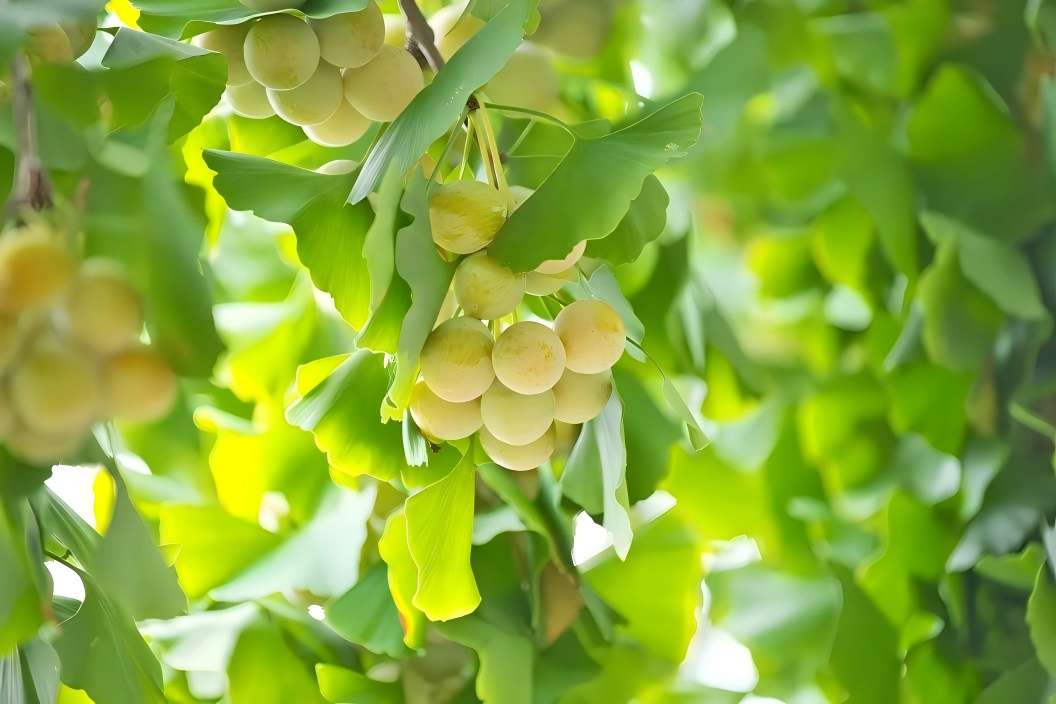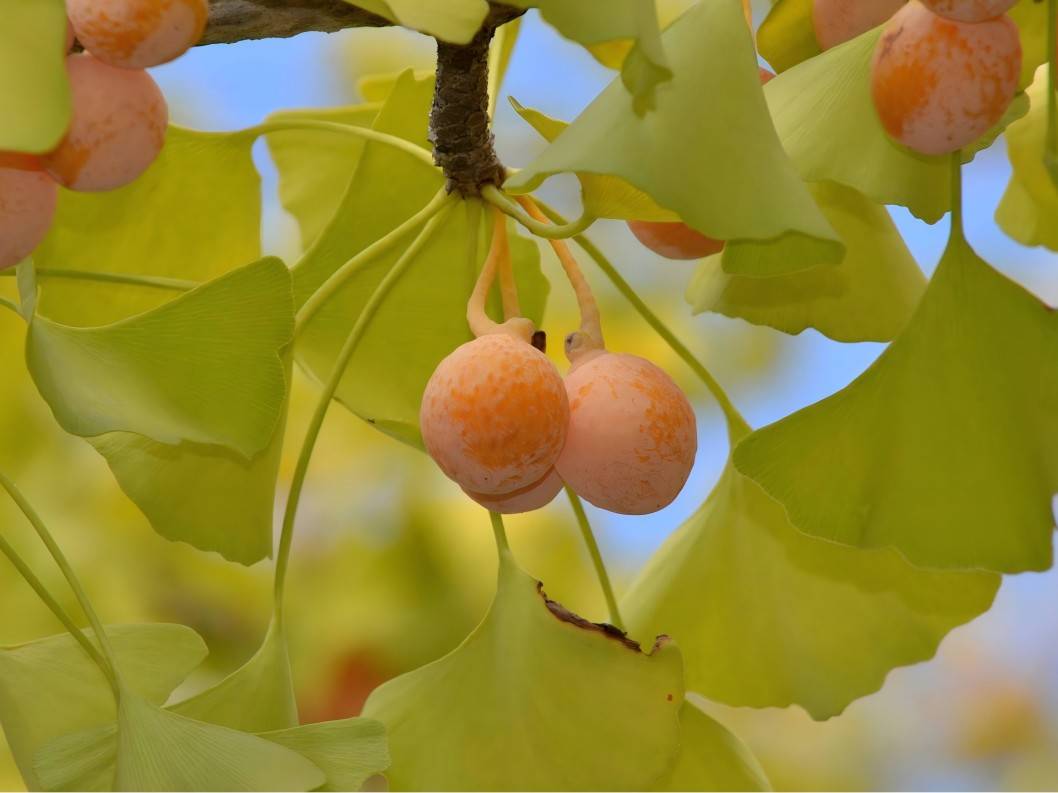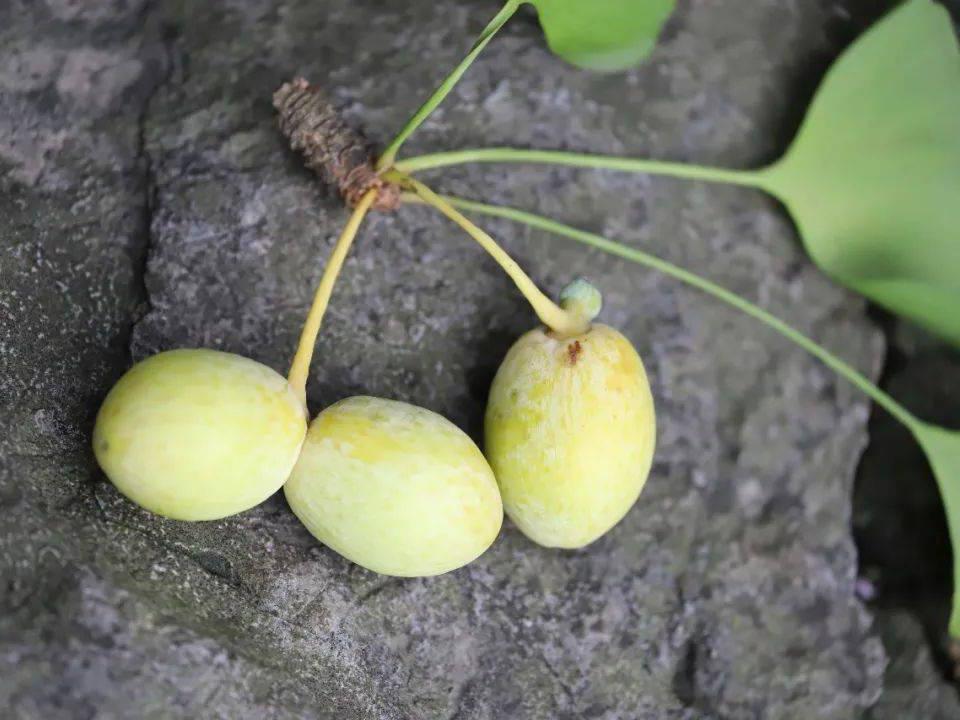How to Extract Ginkgo Flavone?
The ginkgo tree, also known as the white fruit tree, has existed for tens of millions of years. It has a long history in China, and is therefore also known as a “living fossil” [1]. The main medicinal chemical component of the ginkgo tree is ginkgo flavone, and there are different types of ginkgo flavone depending on the species, origin, harvest time and age of the tree [2-3]. Ginkgo flavonoids are widely used in various fields of modern medicine because of their good antioxidant, antiviral, antitumor, cardiovascular protection, and lipid-regulating properties [4-5].
1 Ginkgo flavonoids
Ginkgo is one of the oldest tree species in China. According to the “Dietary Herbal”, ginkgo leaves can be used to treat palpitations, coughing and shortness of breath. Traditional Chinese medicine says that ginkgo biloba leaves have the effect of activating blood circulation and removing blood stasis, and relieving menstrual pain and activating collaterals [6]. The chemical composition of ginkgo biloba leaf extract is very complex. The main active ingredients are flavonoids. Ginkgo flavonoids are mainly derivatives of chromane and chromone, including biflavones, bilobetin, quercetin, catechin, etc. [7], and their corresponding structures are shown in Figure 1.
Ginkgo flavonoids are fat-soluble substances that are generally poorly or insoluble in water, but are easily soluble in organic solvents such as methanol, ethanol, chloroform and ethyl acetate. Since flavonoids generally have phenolic hydroxyl groups [8], they are acidic in nature and can be dissolved in dilute alkaline solutions. Flavonoid glycosides can be linked to sugars to form glycosides. After glycosidation, the proportion of polar groups increases, and water solubility increases. Therefore, they are soluble in hot water, methanol, ethanol and other polar solvents, but are difficult to dissolve in organic solvents with lower polarity such as cyclohexane and petroleum ether [9].
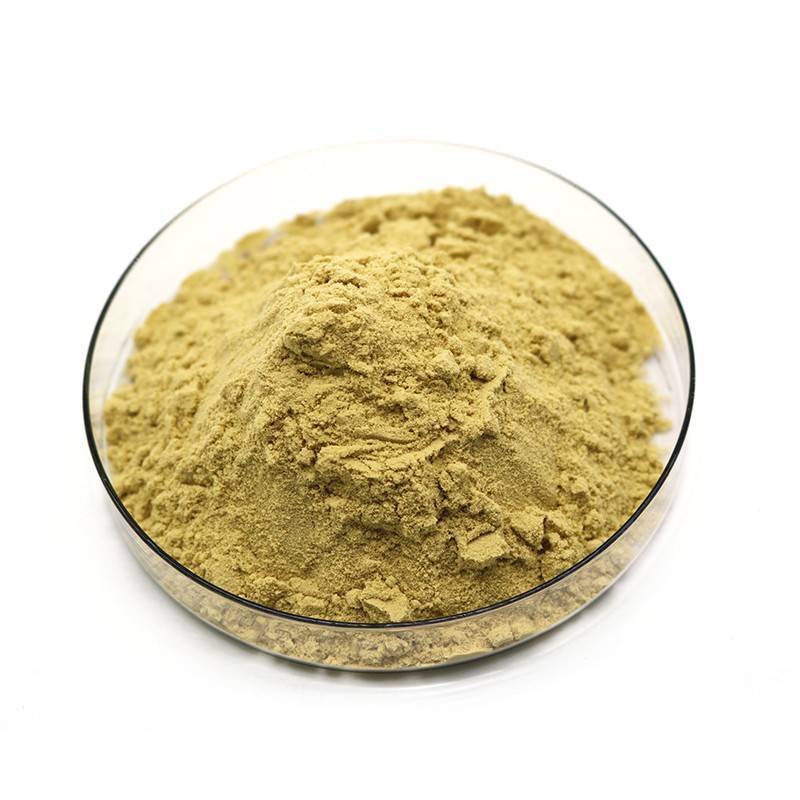
2 Extraction and purification of ginkgo flavonoids
Ginkgo flavones are one of the main medicinal ingredients in ginkgo leaves. In addition, ginkgo leaves also contain terpene lactones and other ingredients [10]. According to the physical and chemical properties of flavonoids, flavonoids are generally extracted using methods such as resin adsorption, supercritical extraction and solvent methods [11].
2.1 Resin adsorption method
The macroporous resin adsorption method has relatively high selectivity for ginkgo flavonoids, so the purity of the obtained ginkgo flavonoids is relatively high. Currently, polystyrene, activated carbon, polyamide adsorption resins, macroporous resins, and silica gel adsorption resins are commonly used to extract, separate, and purify ginkgo flavonoids [12].
According to the structural characteristics of ginkgo flavonoids, some metal ions can be loaded on the resin to form a coordination adsorbent, which significantly improves the adsorption selectivity of ginkgo flavonoids. Since the structure of ginkgo flavonoids contains polar groups such as phenolic hydroxyl groups, a certain amount of anhydrous ethanol can be added to the solvent to increase its solubility. This method is used to extract ginkgo flavonoids in non-aqueous systems, and the purity has been greatly improved [13].
In addition, the polyamide resin adsorption method is also a relatively good method. This method uses polyamide to form hydrogen bonds with ginkgo flavones to adsorb and extract the compounds. The adsorption capacity varies depending on the number of phenolic hydroxyl groups in the flavones [14]. This method is widely used in industrial production, but due to the complex composition of traditional Chinese medicine, impurities may also contain phenolic hydroxyl groups. Therefore, this method is not very selective, and the purity of the ginkgo flavone obtained is also lower than that of the coordination adsorption [15].
2.2 Supercritical extraction method
Supercritical fluid extraction has high selectivity, good solubility, and no solvent residue, so the purity of the product obtained is also relatively high. Supercritical extraction has relatively mild operating conditions and can be used to extract heat-labile active ingredients. The critical temperature, critical pressure, CO2 flow rate, cosolvent, etc. all have a certain effect on supercritical extraction, so certain compounds can be separated and purified by changing the critical temperature, critical pressure, extraction medium flow rate, cosolvent type, etc. [16]. When using this method to extract ginkgo flavonoids, it should be noted that ginkgo flavonoids contain a lot of phenolic hydroxyl groups and are polar in nature. The extraction medium is non-polar, and the solubility of ginkgo flavonoids in the extraction medium is relatively low. A cosolvent needs to be added to increase the solubility. The cosolvent that has the least effect on the extraction of ginkgo flavonoids and is relatively cheap and readily available is ethanol [17]. Therefore, ethanol can be used as a cosolvent, and supercritical fluid extraction can be used with CO2 as the extraction medium to extract ginkgo flavonoids [18].
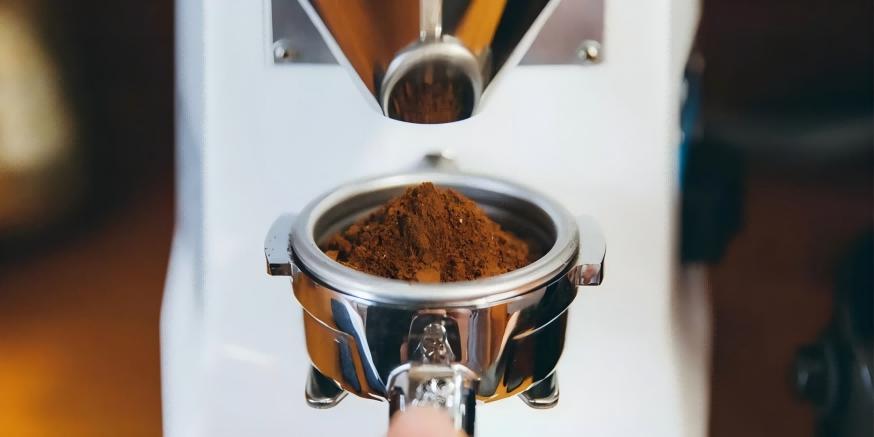
2.3 Solvent extraction method
Solvent extraction is a commonly used method for the isolation and extraction of some compounds. Some studies have shown [19] that flavonoids can be extracted by heating with water as the extracting agent. Although this method is simple to operate, it has low selectivity, resulting in the low purity of the extracted compounds. Generally, after extracting the target product using this method, it needs to be refined using methods such as column chromatography.
In addition, according to the weakly acidic nature of ginkgo flavonoids, they can be extracted with an organic solvent and then purified using an alkaline solvent-acid precipitation method. Then, depending on their polarity, they can be further purified using a more selective column chromatography method, or they can form hydrogen bonds, coordination bonds, covalent bonds and other special chemical bonds or forces with certain substances [20].
3 Pharmacological effects of ginkgo flavonoids
3.1 Promotes blood circulation
Ginkgo biloba flavonoids have a blood circulation-promoting effect and can inhibit platelet aggregation caused by platelet-activating factor (PAF) [21]. High concentrations of PAF not only damage nerve cells, reduce blood flow to the brain, and trigger inflammation [22], but also accelerate aging. Ginkgo biloba flavonoids can significantly increase high-density lipoprotein (HDL) levels, reduce plasma cholesterol, regulate blood lipids, reduce blood viscosity, and improve blood circulation. Studies have shown [23] that ginkgo biloba flavonoids can reduce the size and extent of myocardial infarction to a certain extent, and have a good therapeutic effect on relieving acute myocardial ischemia caused by pituitary posterior lobe hormone.
3.2 Antioxidant and anti-aging
Studies have shown that ginkgo flavonoids have strong antioxidant properties. They can not only scavenge oxygen free radicals and increase the activity of superoxide dismutase in the body, but also prevent lipid peroxidation. Ginkgo flavonoids inhibit the synthesis of NADPH family oxidases such as NOX2 and NOX4, thereby inhibiting the production of free radicals and playing an antioxidant role [24].
Brain cell damage caused by attacks from oxygen free radicals is one of the factors that accelerates aging and the onset of Alzheimer's symptoms [25]. Lipid oxidation is another important factor that accelerates human aging. Lipid oxidation is a free radical chain reaction, and the secondary metabolites it produces damage cell membranes to a certain extent [26]. Ginkgo biloba flavonoids have the effect of scavenging free radicals. They can supply hydrogen to lipid radicals, thereby slowing lipid oxidation [27]. On the other hand, flavonoids can chelate metal ions, thereby promoting the decomposition of lipid peroxides and thus inhibiting peroxide damage to cells [28]. Nitric oxide is an important signaling molecule that plays a dual role in the central nervous system. When the nitric oxide content in brain tissue is too high, it can have a cascading amplifying effect on the production of oxygen free radicals. Ginkgo biloba flavonoids can reduce nitric oxide production, reduce free radical damage to cell membranes, inhibit apoptosis of nerve cells, and slow down aging.

3.3 Anti-tumor
Tumor cells proliferate rapidly and have high nutritional requirements, so the blood vessels around tumor tissue are relatively abundant. Vascular endothelial growth factor (VEGF), produced by paracrine secretion, can stimulate the proliferation, migration and angiogenesis of vascular endothelial cells, and plays an important role in the angiogenesis of tumor tissue [30]. After intervention with ginkgo flavonoids in tumor tissue, VEGF expression levels decreased, inhibiting the formation of new blood vessels around the tumor tissue and thus achieving the goal of inhibiting the tumor [31]. The epidermal growth factor receptor (EGFR) also plays an important role, regulating the proliferation and apoptosis of tumor cells and contributing to the formation of new blood vessels in tumors [32]. In addition, the AKT protein, which is involved in cell proliferation, can regulate the cell cycle and promote the division and proliferation of tumor cells after phosphorylation [33]. Studies have shown [31] that protein molecules involved in cell proliferation, such as EGFR, are highly expressed in tumor tissue. After intervention with ginkgo flavonoids, the expression level of EGFR decreased significantly, and the proliferation and migration of tumor cells were also inhibited.
3.4 Liver protection
There are various factors in life that can cause liver damage. Some studies have shown [34] that ginkgo flavonoids can activate various types of cell regulatory factors, increase the expression levels of alanine aminotransferase and aspartate aminotransferase, and reduce the production of free radicals, thereby providing a certain degree of protection for liver cells. After intervention with ginkgo flavonoids in rats with non-alcoholic fatty liver disease, the expression levels of triglycerides, low-density lipoprotein-cholesterol and free fatty acids in the liver were all increased, as were the expression levels of some cytokines involved in inflammatory responses. Therefore, ginkgo flavonoids can regulate the levels of liver fat and inflammatory factors, thereby reducing liver damage [35].
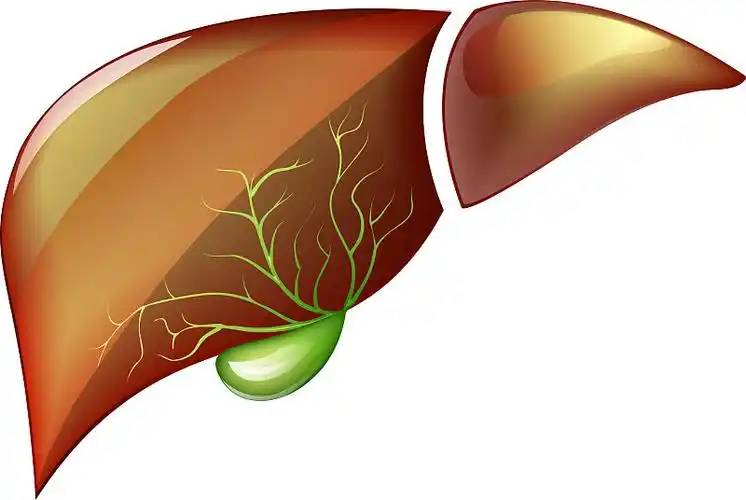
4 Discussion and outlook
Ginkgo flavonoids are the main chemical constituents of ginkgo biloba that exert medicinal value. They have antioxidant, vasodilatory, and anti-tumor effects, and are used in clinical treatments for liver damage, Alzheimer's disease, myocardial ischemia, gastric cancer, and other diseases.
Although ginkgo flavonoids have relatively few side effects, long-term use can also inhibit the function of blood coagulation factors, leading to adverse consequences such as coagulation disorders and internal bleeding. Therefore, it is important to note that the duration of use should not be too long [36]. Although the functions of ginkgo flavonoids have been clearly defined, the mechanisms of some functions are still unclear and require further research. Only by clearly understanding the specific mechanisms of action of each function can more accurate and safer methods of drug use be provided for clinical practice. This paper reviews the extraction methods and pharmacological effects of ginkgo flavonoids, providing a certain reference and guidance for the extraction and application of active pharmaceutical ingredients in traditional Chinese medicine.
References
[1] Zhang Zhaomin, Yang Rui, Gao Chengyan, et al. Protective effect of ginkgo flavonoids on oxidative stress induced by high glucose in glomerular mesangial cells [J]. Chinese Journal of Integrated Traditional and Western Medicine Nephropathy, 2018, 19 (1): 43-44, 97.
[2] Zou K, Liu X D, Zhang D, et al. Flavonoid biosynthesis is likely more susceptible to elevation and tree age than other branch pathways involved in phenylpropanoid biosynthesis in ginkgo leaves [J]. Frontiers in Plant Science, 2019, 10.
[3] Wu Yaqiong, Guo Jing, Zhou Qi, et al. Analysis of the content variation of ginkgo flavonoids and related active substances from different origins [J]. Journal of Nanjing Forestry University (Natural Science Edition), 2019, 43 (3): 183-188.
[4] Lu Qun, Wu Xu, Wu Yunfeng. Protective effect and mechanism of ginkgo biloba extract on ulcerative colitis in rats [J]. Traditional Chinese Medicine, 2019, 42(12): 2953-2957.
[5] Mo Chengkai, Xie Yanru, Chen Yilu, et al. Application of primary human hepatocytes to study the effect of ginkgolide A on the expression of CYP450 mRNA [J]. Today's Pharmacy, 2019, 29 (2): 79-82.
[6] Liu Yanfei, Cheng Bingli, Liu Yue, et al. Research progress on the anti-aging effect of Chinese medicines for activating blood circulation and removing blood stasis [J]. Journal of Medical Research, 2018, 47(5): 188-191.
[7] Wu Q. Research on the chromatographic analysis of ginkgo biloba bioactive substances [D]. Wuhan: Wuhan University of Technology, 2017.
[8] Miao S F. Research on the extraction and microparticulation process of ginkgo flavonoids based on supercritical fluid technology [D]. Hangzhou: Zhejiang University, 2011.
[9] Xiao Yongmei, Li Ming, Mao Pu, et al. Research progress on the bio-modification and activity of flavonoids [J]. Journal of Henan University of Technology (Natural Science Edition), 2019, 40(2): 123-131, 139.
[10] Li Hui, Wang Chunlian. Research on the effect of ginkgo biloba extract on diabetic myocardium [J]. Heilongjiang Science and Technology Information, 2017(4) : 11.
[11] Wan Xinhuan, Chen Xinmei, Ma Shan, et al. Application of a new method for the extraction of flavonoids [J]. Chinese Herbal Medicine, 2019, 50( 15) : 3691-3699.
[12] Lu Jinhua, Hu Xiaoling, Yue Hong. Research progress on the extraction and separation of ginkgo biloba extract using adsorption resins [J]. Chemical Industry Progress, 2001 (3): 1-4.
[13] Zhang Jingze, Cao Bo, Bai Shufang, et al. Research on the purification process of ginkgo flavonoids [J]. Tianjin Pharmacy, 2008 (3): 3-6.
[14] Su Huisan, Zhang Lin, Zhang Yifan, et al. Application of polyamide in the separation and purification of flavonoids [J]. Guangzhou Chemical Industry, 2019, 47(22): 23-24.
[15] Zhao Wenlong. Research on the extraction and purification of ginkgo flavonoids from ginkgo leaves [D]. Beijing: Beijing University of Chemical Technology, 2018.
[16] Tang Lin, Xu Bingwan, Fan Bingduo, et al. Optimization of the process for the removal of ginkgoic acid from ginkgo leaf extract by supercritical CO2 fluid extraction [J]. Chinese Patent Medicine, 2018, 40 (6): 1392-1395.
[17] He K, Li YF, Zhang XY, et al. Study on the extraction of flavonoids from ginkgo biloba leaves by supercritical fluid extraction [J]. Shanxi Food Industry, 2005(4): 2-5.
[18] Sun JS. Research on the common technology of CO2-supercritical fluid extraction of flavonoids [D]. Changchun: Changchun University of Traditional Chinese Medicine, 2009.
[19] Meng Xiao, Yu Rong, Li Yongsheng, et al. Research on the mixed extraction process of total flavonoids from sea buckthorn branches and leaves [J]. Light Industry Science and Technology, 2018, 34(1): 13-16, 141.
[20] Zheng Xiangwei, Gao Qi, Zhu Guoqin, et al. Preparative high-purity ginkgo flavonol glycosides by acid-polar combined modified macroporous resin column chromatography [J]. Chinese Journal of Pharmaceutical Industry, 2018, 49(9): 1283-1288.
[21] Tu Qingbo, Sun Yun, Xu Ting, et al. Research progress on the pharmacological effects of ginkgo biloba flavonoids [J]. Shandong Medicine, 2018, 58(19): 112-114.
[22] Wang Zhiguo, Wang Danqiao, Jiao Yue, et al. Stroke and platelet-activating factor and its receptor antagonists [J]. Chinese Journal of Traditional Chinese Medicine, 2017, 42(24) : 4750-4755.
[23] Wang WJ, Zhao Y. Pharmacological effects of ginkgo flavonoids on acute myocardial ischemia/reperfusion [J]. Electronic Journal of Clinical Medicine, 2017, 4(9) : 1611-1612.
[24] Feng Jing, He Yan, Wu Lirong, et al. Effects of ginkgo flavonoid glycosides on atherosclerosis and the expression of NOX2 and NOX4 in rabbit carotid arteries [J]. New Chinese Medicine and Clinical Pharmacology, 2012, 23 (3): 274-278.
[25] Lin H. Clinical study on the treatment of Alzheimer's disease with Yizhi four-head acupuncture therapy [D]. Guangzhou: Guangzhou University of Traditional Chinese Medicine, 2016.
[26] Huang WJ, Ma JL. Advances in clinical research on lipid peroxides [J]. Medical News Journal, 2019, 29(1): 78-79, 82.
[27] Shi Y B. Research on the synergistic scavenging of DPPH free radicals by total flavonoids of honeysuckle and ginkgo biloba [J]. Food Research and Development, 2017, 38(5): 43-46.
[28] Zhang J. Research on the purification and biological activity of ginkgo flavonoids [D]. Wuxi: Jiangnan University, 2010.
[29] Dewan S A M, Lian Guili, Ye Peng. Regulation of renal function by the peroxynitrite anion and its pathophysiological significance in salt-sensitive hypertension [J]. Chinese Journal of Hypertension, 2017, 25(11): 1014-1018.
[30] Xu C, Luo H, Gan M, et al. Expression of MMP-9, p53, and VEGF proteins in gastric cancer tissues of the elderly and their clinical significance [J]. Chinese Journal of Gerontology, 2017, 37 (10): 2470-2472.
[31] Xiao Lin, Zhou Yangxiang, Tan Hualiang. Effects of ginkgo flavonoids on the expression levels of VEGF, Bcl-2, and Bax in rats with gastric cancer model [J]. Modern Gastroenterology and Interventional Therapy, 2019, 24 (3): 245-248, 253.
[32] Hu Donghui, Huang Jicun, Zhang Jianjun. MiR-133 targets epidermal growth factor receptor to inhibit invasion and migration of hepatocellular carcinoma cells [J]. Journal of Southeast University (Medical Sciences), 2019, 38 (6): 1044-1049.
[33] Sun H, Xu Y, Chen X, et al. Expression of PI3K/AKT/mTOR signaling pathway-related proteins in gastric cancer [J]. Chinese Journal of Public Health, 2017, 32 (10): 1455-1458.
[34] Zhang T, Jin J, Lai L, et al. Protective effect of ginkgo flavonoids on carbon tetrachloride-induced liver injury in mice [J]. Shizhen National Medicine, 2012, 23(7): 1704-1706.
[35] Han Jing, Li Yawei, Liu Yanping, et al. Effects of ginkgo flavonoids on the levels of lipids and inflammatory factors in the liver tissue of rats with non-alcoholic fatty liver disease [J]. Journal of Zhengzhou University (Medical Sciences), 2020, 55(1): 100-103.
[36] Feng Yan, Yao Manhong, Wu Lianjie, et al. Effects of Ginkgo biloba leaf extract on platelet aggregation rate and aspirin resistance in acute cerebral infarction [J]. China Coal Industry Medical Journal, 2016, 19(10): 1476-1479.


 English
English French
French Spanish
Spanish Russian
Russian Korean
Korean Japanese
Japanese